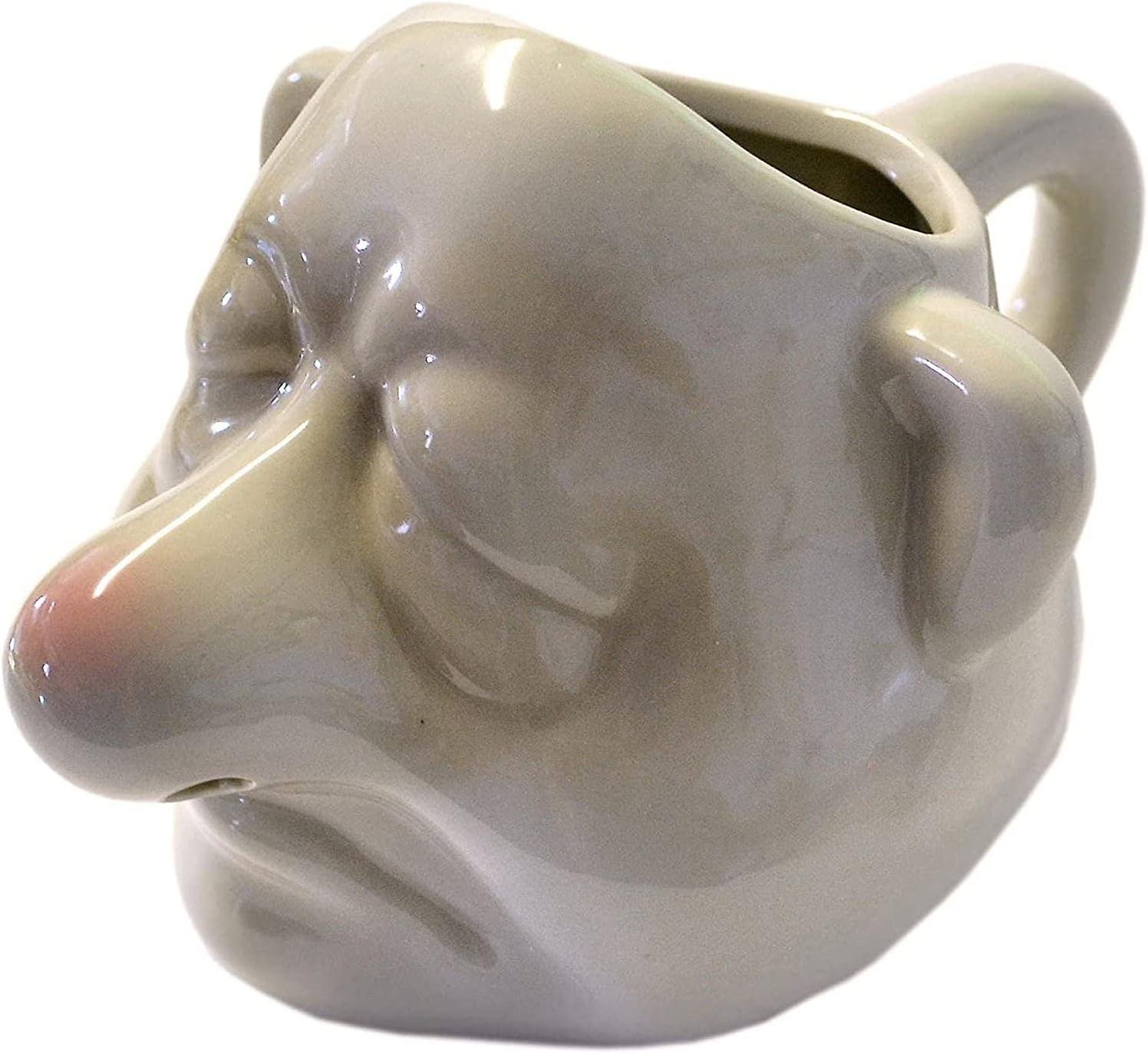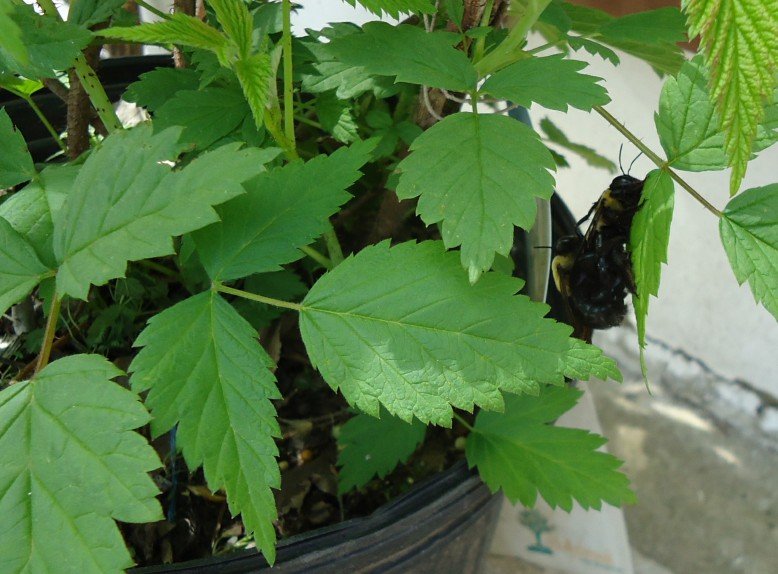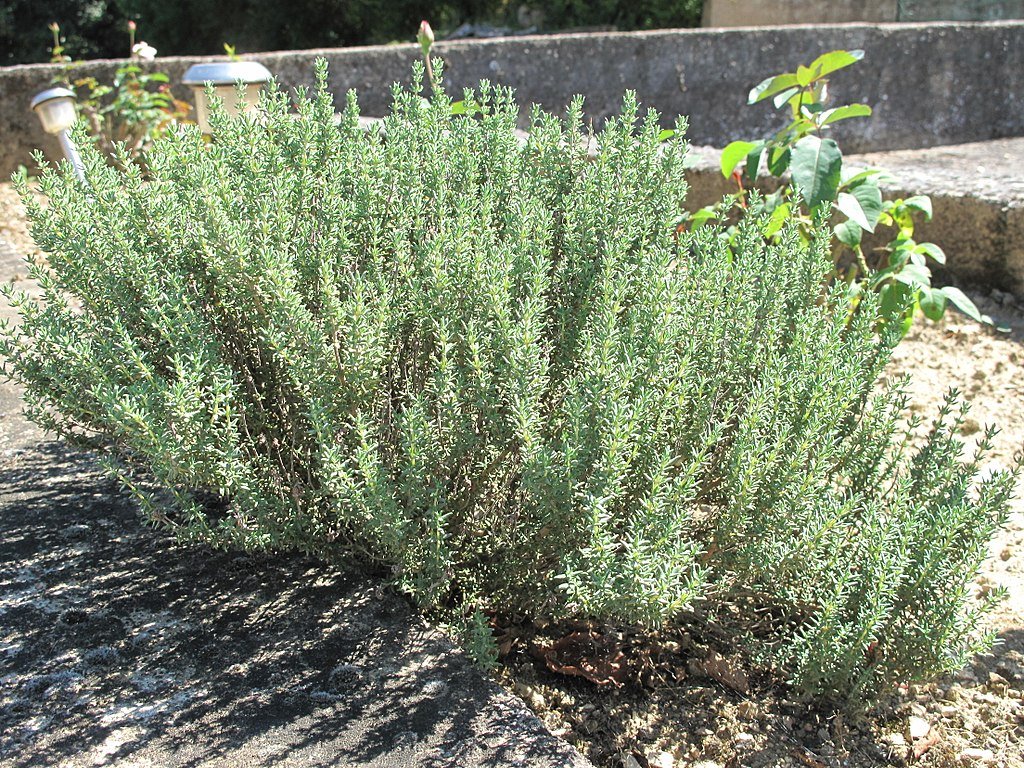Beyond Baby Gates: Safeguarding Every Corner of Your Kitchen
Babies are chaotic. When they start learning how to move their limbs, they will grab everything they possibly can and kick everything within reach. Once they gain mobility, it is an all-out war between you and the baby. No matter how much you love them, trying to keep them safe is difficult because safety is not a concept they understand. Therefore, your job is to baby-proof your entire home against anything they can get up to. That's where this week's article comes in. We are taking a look at your kitchen and the mischief your baby can find, whether you're looking or not.
Let's start when your baby is still non-mobile. At this point, you have to carry them everywhere. Unfortunately, they can still get hurt in your kitchen. All it takes is a kick or a flailing hand that grabs hold of a spoon and both you and the child are covered in something. If you're lucky, it's something that's cool or room temperature. If you're unlucky, it's something boiling, and you now have a burned baby.
You can prevent this by making sure pot handles, and utensils are turned towards the inside of your stove if you are working at the stove while holding your little one. You can also look for clips that will clip to the side of a pot and hold a spoon or spatula in place to keep little hands from grabbing and pulling.
Another major issue is stove knobs. They click, they turn, and they push! To a baby, it's the best thing in the world whether they're in arms or crawling and standing on their own. To keep little ones from lighting themselves or anything on top of the stove on fire, there are a couple of different methods you can use. If it is a temporary issue, you can just remove the stove knobs. Most stove knobs will pop off of a central rod very easily for cleaning. Toss them all in a dish outside of baby reach, and you're good to go. Some families are perfectly happy doing this as a measure until the child is big enough to be left on their own; others aren't. Use it at your discretion. The next option is a cover. There are knob covers that will clip over the top of the knob and can be very easily opened when you need them, but they are a little more complicated than most babies can figure out.
And other than pulling at paper towel rolls or any hanging things, that's about it if your baby is in your arms. But like all things, babies grow.
Once your baby is mobile, you need to do more than just make it so they cannot push or pull things. Now, you need to be concerned with everything.
Most people will start with the straightforward baby gate. If a baby can't get into the kitchen, they can't cause problems. You also don't have to baby-proof anything else within the kitchen. However, your blogger would like to point out a number of children in her acquaintance who figured out how to climb over baby gates at a far more rapid pace than is usually thought possible. So, in the interest of keeping your particular small human safe, we advise considering further steps. The baby gate should be the first line of defense but not the only line.
What about cabinets and drawers? As your child starts to explore, like we mentioned, they'll want to pull on things. At first it might be simply a matter of pulling as they figure out how to get up and things accidentally coming open. But very quickly, that turns into repeating to see if they can do it a second time. And once they've figured out the precise mechanism of it, they'll want to keep doing it because there are things hidden behind the door or drawer. There are latches that can be attached to your drawers and your cabinets. These are great for keeping small children out. Some varieties have clips, some varieties have magnets, some varieties are the DIY version, and just have a rubber band. Take your pick. Our point here is just to keep your child out of pots, pans, food boxes, and cleaning supplies that might be on their level. These latches can also work on your refrigerator. The model you have will inform you how best to apply them.
As a side note, if you have the space, we advise moving your cleaning supplies entirely out of reach of small children. While many of us store our cleaning supplies under the kitchen sink, even cabinet latches are capable of failing. Given the poisonous nature of most cleaning supplies better to keep them entirely out of reach.
The next thing to consider is the oven door. Whether you have a stove and oven combo or an oven that stands on its own, the door handle for an oven is a great place for little hands to reach and grab and then use it to lever themselves up into a standing position. Once again, the latches that we mentioned earlier are a great way to keep the oven from being opened. However many of them still have a small amount of give to them. While this is acceptable for a cabinet, an oven that is on can easily lead to burns if little fingers get in between. Another option to double up protection is to put high-backed chairs in front of the oven. If they can't get to the oven, they can't open it.
Finally, understand that no amount of baby-proofing will stop the force of nature that is a baby. The best thing that you can do is to prevent what you can and stay aware of your child or make sure that somebody is paying attention once they gain mobility. If this isn't an option, consider setting up a separate area enclosed within the kitchen so that you can keep an eye on your little one without them getting out.
As we conclude this guide to baby-proofing your kitchen, we hope you've found valuable insights to create a safer environment for your little ones. Remember, a secure home is a happy home.
If you have additional baby-proofing tips or want to share your experiences, join the conversation on our Facebook page.
It's essential to recognize that malfunctioning kitchen appliances pose a threat not only to babies but to everyone in the household. Vigilance and regular maintenance are key to preventing accidents.
At Appliance Rescue Service, we understand the importance of a functional and safe kitchen. For all your major appliance repair needs, reach out to us at (214) 599-0055 or visit our website. We're here to ensure your appliances are in top-notch condition, promoting a secure and comfortable home for you and your loved ones.
Thank you for entrusting us with your appliance care. Stay safe and secure!



































